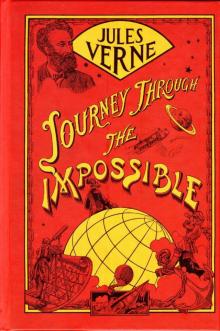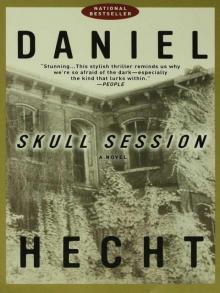Journey Through the Impossible


Author: Jules Verne
Category: Fiction
Published: a long time ago
Series:
View: 349
Read OnlineJules Verne, the most translated novelist in the world and best known for books such as Twenty Thousand Leagues under the Seas and Around the World in Eighty Days, was also a prolific playwright. Journey Through the Impossible, a play of fantasy and science fiction, ran for 97 performances in Paris in 1882 and 1883. In the three acts, the characters go first to the center of the Earth, then under the sea, and finally to the planet "Altor." Characters from Twenty Thousand Leagues under the Seas, From the Earth to the Moon, Doctor Ox, and Journey to the Center of the Earth appear again in Journey through the Impossible, including Captain Nemo, President Barbican, Michel Ardan, Doctor Ox, and Professor Lidenbrock.
Verne wrote this play in the middle of his life, between his optimistic (science helps humanity and is good) and pessimistic (science is dangerous and bad) works; the play is a vehicle for Verne to ask himself and his readers whether science, technology, and the pursuit of knowledge are good or bad. He used the play to pose questions about life and wisdom that are still important in our time.
The script of the play was lost to Verne scholars for almost a century, until the text was discovered in 1978 in the Archives of the Censorship Office of the Third French Republic and was published in French in 1981. The play had many reviews in 1882 and two of them are included here to give the reader insight into how the play was staged in Paris in the second half of the 19th century. Also included are many wonderful illustrations showing set designs for the original play, a page from a lost scene, the original frontispiece, and other interesting details.
This is the first complete edition and the first English translation of a surprising work by a popular French novelist whose works continue to delight readers and audiences to this day.
Verne wrote this play in the middle of his life, between his optimistic (science helps humanity and is good) and pessimistic (science is dangerous and bad) works; the play is a vehicle for Verne to ask himself and his readers whether science, technology, and the pursuit of knowledge are good or bad. He used the play to pose questions about life and wisdom that are still important in our time.
The script of the play was lost to Verne scholars for almost a century, until the text was discovered in 1978 in the Archives of the Censorship Office of the Third French Republic and was published in French in 1981. The play had many reviews in 1882 and two of them are included here to give the reader insight into how the play was staged in Paris in the second half of the 19th century. Also included are many wonderful illustrations showing set designs for the original play, a page from a lost scene, the original frontispiece, and other interesting details.
This is the first complete edition and the first English translation of a surprising work by a popular French novelist whose works continue to delight readers and audiences to this day.
 House of Glass
House of Glass Skull Session
Skull Session Agamemnon's Daughter
Agamemnon's Daughter The Gentleman in the Parlour
The Gentleman in the Parlour John Leech's Pictures of Life and Character
John Leech's Pictures of Life and Character The Perfect Comeback of Caroline Jacobs: A Novel
The Perfect Comeback of Caroline Jacobs: A Novel Etiquette & Espionage
Etiquette & Espionage